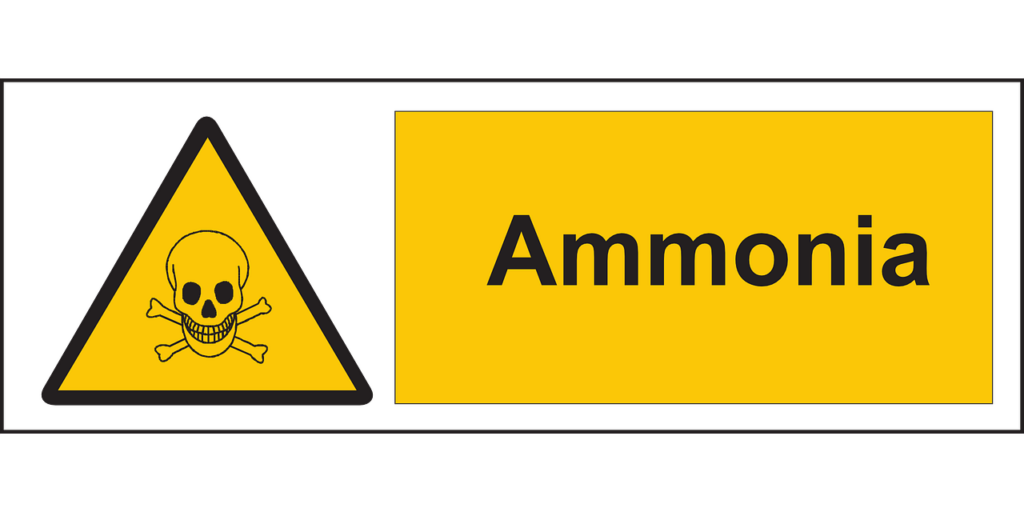Smoking is more than just a habit; it’s a dangerous practice that exposes the body to a lethal cocktail of toxic chemicals. While nicotine is often highlighted as the main addictive substance in cigarettes, it’s far from the only harmful component.
In fact, cigarettes are a delivery system for a wide array of toxic substances that pose significant health risks. This article will delve into the most dangerous chemicals found in cigarettes, the severe health consequences of smoking, and the risks posed by secondhand and thirdhand smoke.
Cadmium: The Battery Element

Cadmium is a heavy metal commonly used in battery production, and it’s one of the many harmful substances found in cigarettes. Inhaling cadmium through cigarette smoke leads to its accumulation in the kidneys, causing severe damage over time. This toxic metal is also classified as a carcinogen, contributing to the development of cancer.
Butane: Lighter Fluid

Butane, a flammable gas used in lighter fluid, is also present in cigarette smoke. This chemical contributes to the toxicity of cigarettes and can cause respiratory issues when inhaled. Butane’s flammable nature highlights the dangerous substances that smokers regularly introduce into their bodies.
Methane: Sewer Gas

Methane, commonly found in sewer gas, is another component of cigarette smoke. While not as toxic as some of the other chemicals on this list, its presence adds to the harmful mix of gases that smokers and those around them are exposed to.
Arsenic: The Poison

Arsenic is a well-known poison used in pesticides and various industrial applications. Chronic exposure to arsenic, even in small amounts, can lead to serious health problems, including cancer, cardiovascular diseases, and diabetes. In cigarettes, arsenic is inhaled directly into the lungs, where it quickly enters the bloodstream and spreads throughout the body.
Ammonia: Toilet Cleaner

Ammonia, a chemical commonly found in household cleaners, is used in cigarettes to increase nicotine absorption. This means that smokers get a more intense hit of nicotine, making the habit even harder to break. However, inhaling ammonia can also irritate the respiratory system, worsening conditions like asthma.
Methanol: Rocket Fuel

Methanol, a toxic alcohol used as a fuel in rockets, is another alarming component of cigarette smoke. Exposure to methanol can lead to metabolic acidosis, neurological damage, and even death in severe cases. Inhaling methanol through smoking introduces this dangerous substance directly into the body.
Hexamine: Barbecue Lighters

Hexamine, used in barbecue lighters, releases toxic fumes when burned. Inhaling hexamine through cigarette smoke can cause respiratory and systemic toxicity, further increasing the health risks associated with smoking.
Stearic Acid: Candle Wax

Stearic acid is a fatty acid used in candles and other products. While it is less toxic compared to other chemicals in cigarettes, inhaling it still contributes to the overall harmful effects of smoking. The presence of stearic acid in cigarettes underscores the wide range of harmful substances that smokers inhale.
Acetic Acid: Vinegar’s Component

Acetic acid, responsible for the smell and taste of vinegar, is also present in cigarette smoke. Prolonged inhalation can cause respiratory issues, adding to the long list of harmful effects that smoking has on the body.
Toluene: Industrial Solvent

Toluene is used in paint thinners and nail polish removers. Inhaling toluene can cause dizziness, headaches, and neurological damage. The presence of this industrial solvent in cigarette smoke highlights the dangerous and often surprising chemicals that smokers are exposed to.
Nicotine: The Addictive Agent

Nicotine is the primary addictive substance in cigarettes. It stimulates dopamine release in the brain, creating a sense of pleasure and reward. This addictive effect leads to increased tolerance and dependence, making it extremely difficult to quit smoking. Nicotine addiction is one of the main reasons why smokers continue to expose themselves to the dangerous chemicals found in cigarettes.
Carbon Monoxide: Poisonous Gas

Carbon monoxide, a poisonous gas produced by burning tobacco, is a major component of cigarette smoke. This gas reduces the blood’s oxygen-carrying capacity, leading to cardiovascular issues and an increased risk of heart disease. The presence of carbon monoxide in cigarette smoke makes smoking a significant contributor to heart-related illnesses.
Health Consequences of Smoking

Smoking is directly linked to a host of serious health problems, including cancer, heart disease, and respiratory illnesses. The chemicals in cigarette smoke damage nearly every organ in the body, leading to a reduced overall life expectancy. Smoking not only increases the risk of developing deadly diseases, but it also significantly lowers the quality of life by contributing to chronic health issues.
The Dangers of Secondhand Smoke

Secondhand smoke is just as harmful as smoking directly. It contains many of the same toxic chemicals, increasing the risk of cancer, heart disease, and respiratory problems for those who are exposed to it. Nonsmokers who live or work with smokers are particularly vulnerable to the dangers of secondhand smoke, making it a significant public health concern.
The Hidden Danger of Thirdhand Smoke
Thirdhand smoke refers to the toxic pollutants that settle on surfaces and linger long after the smoke has cleared. These chemicals can be particularly harmful to children, who may come into contact with contaminated surfaces. Thirdhand smoke is difficult to remove, making it a persistent and often overlooked health hazard.
Best Ways to Quit Smoking
Steps to Take Control

Quitting smoking is challenging but achievable with the right strategies and support. Here are some effective methods to help you quit:
Nicotine Replacement Therapy (NRT): NRT products, such as patches, gum, and lozenges, can help reduce withdrawal symptoms by providing a controlled dose of nicotine without the harmful chemicals found in cigarettes.
Medications: Prescription medications like bupropion and varenicline can help reduce cravings and withdrawal symptoms, making it easier to quit smoking.
Counseling and Support Groups: Behavioral therapy and support groups provide the emotional support and guidance needed to successfully quit smoking. Connecting with others who are going through the same process can be incredibly motivating.
Lifestyle Changes: Incorporating regular exercise, healthy eating, and stress management techniques into your routine can support the quitting process and improve your overall well-being.
Conclusion
Understanding the full spectrum of harmful substances in cigarettes underscores the gravity of smoking’s impact on health. From cadmium and arsenic to carbon monoxide and nicotine, the chemicals in cigarettes are a toxic cocktail that wreaks havoc on the body. Awareness of these dangers can serve as a powerful deterrent and motivate smokers to seek help in quitting. By taking control of your health and quitting smoking, you can significantly reduce your risk of serious diseases and improve your quality of life.


